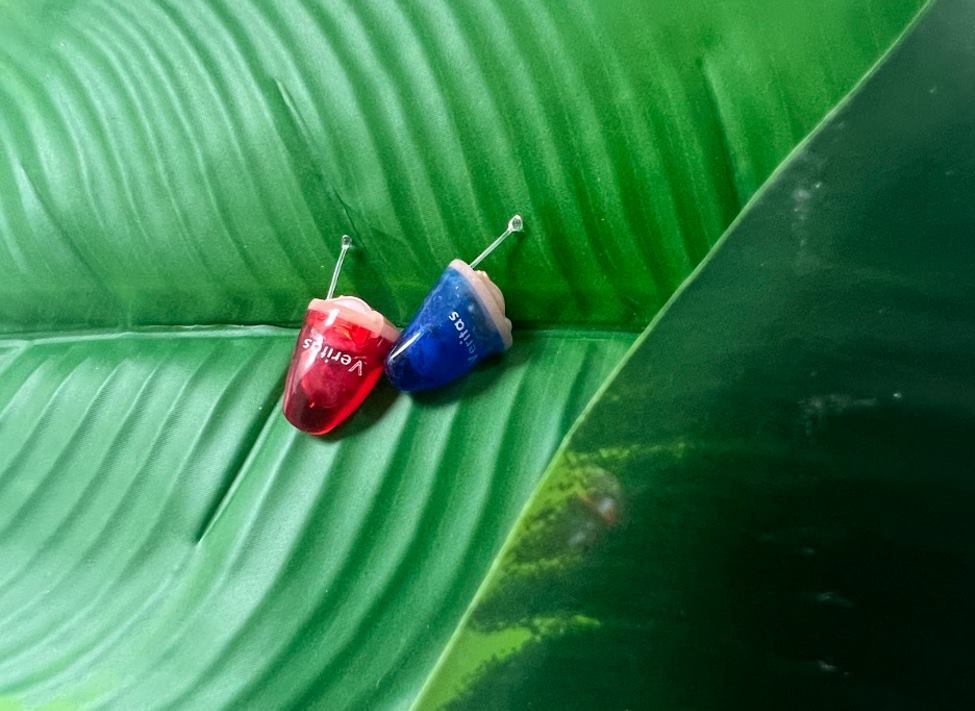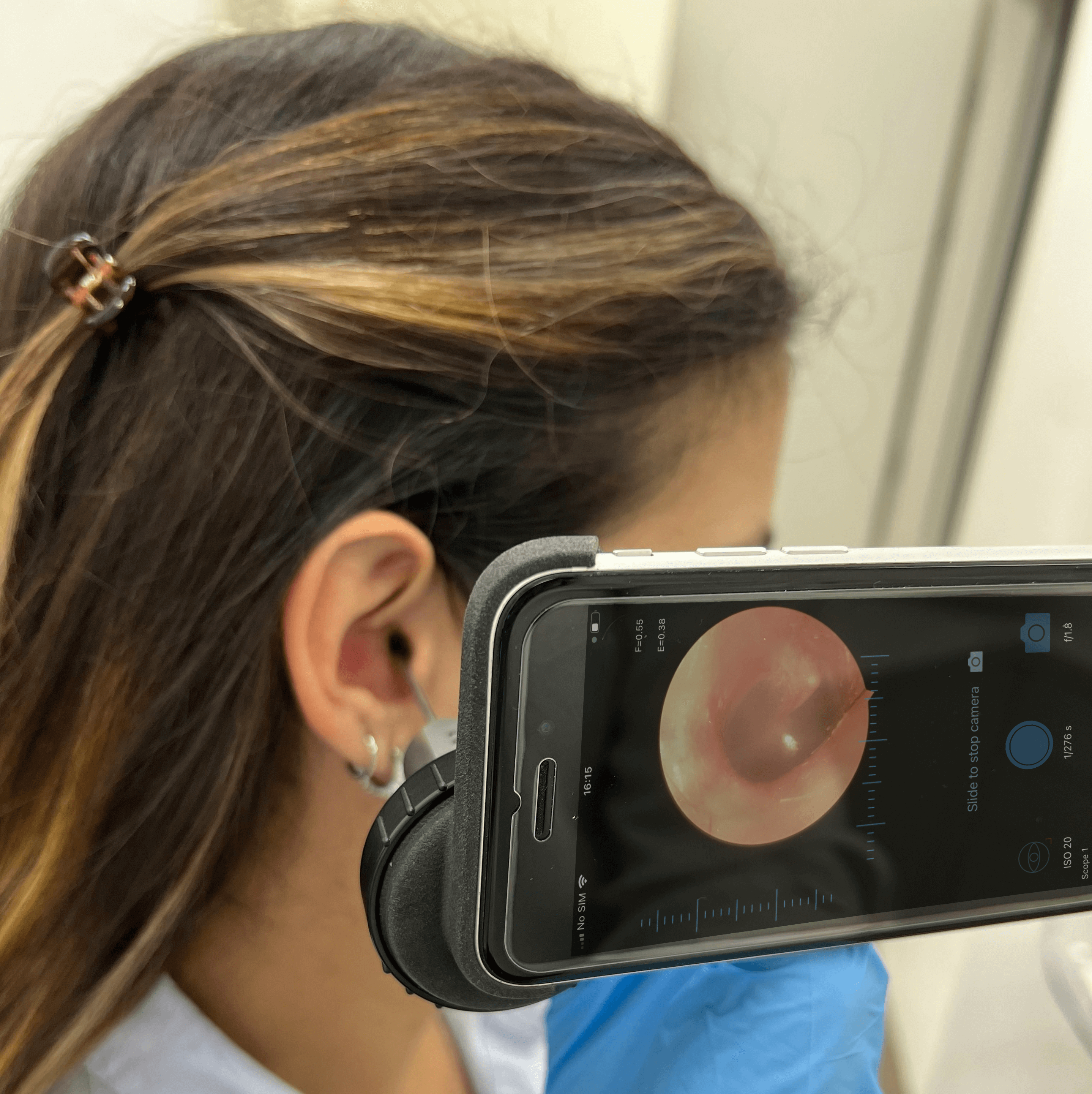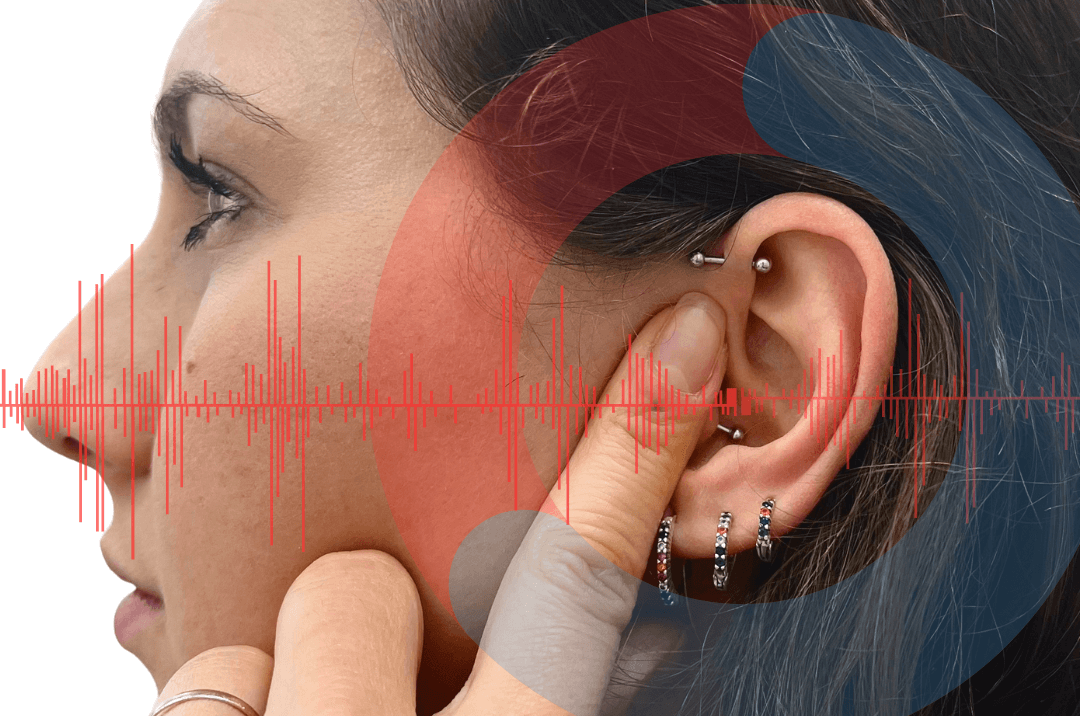We produce earwax naturally to collect and trap dirt and bacteria in our ears. Removing it isn’t necessary unless you have a large build up that is affecting your hearing. Only a hearing healthcare professional should remove it.
What is the purpose of earwax?
Earwax, which is sometimes known as cerumen, is beneficial for the following reasons:
- Traps dirt and dust before it gets too deep inside your ear
- Absorbs dead skin cells
- Prevents the skin inside the ear from drying out
- Stops infection and bacteria from getting into the inner ear
What are the symptoms of excess earwax?
There are a few symptoms which could suggest you need earwax removal:
- Hearing loss – this could be a sudden decrease in hearing or noise now sounds muffled
- Earache
- A full or blocked feeling in the ear
- Tinnitus – a ringing, buzzing or whooshing noise in your ear when there is no external sound
- Itchiness or discomfort in the ear
There are many more symptoms that could arise from excess earwax but these are a few of the most common.
What causes excess earwax?
Some people just produce too much earwax and therefore, occasionally will need it removed. A few reasons why this may be the case are:
- Narrow or damaged ear canals
- Lots of hair in the ear canal
- Skin conditions which affect the scalp or around the ear
- An inflamed ear canal – this could be due to suffering with swimmer’s ear
Hearing aids sometimes contribute to people producing excess earwax due to them sitting in the ear canal and preventing earwax coming out naturally. This is why hearing aids are fitted with wax filters and why it’s so important that they are changed regularly.

Hearing aids have a wax filter to help with wax blockages.
Can I remove earwax myself at home?
Most of the time if you have a build-up of earwax, you will need to have it removed by a hearing healthcare professional. However, if it is just a little you may be able to remove it yourself at home by using olive oil drops. These help to soften the earwax so that it will eventually fall out of your ear. It is also recommended that you use these drops before an earwax removal appointment. The best way to use them is to lie down with your head to one side for around 10-15 minutes (to allow the oil to sink in). You should do this 3-4 times a day for 4-5 days consecutively.
If the wax you need to get rid of is just on the outer ear and you can see it, the safest way to remove it is by using a warm damp cloth. You can place you finger under the cloth and run it around your ear’s curves (on the outside only!) and it will collect any excess earwax or debris effectively. It’s important to state again at this point that inserting anything into your ear is likely to do more harm than good. Cotton buds, ear candles, tweezers and syringes are things that people regularly try to use but all could cause an infection or make the blockage worse. There is no medical evidence to suggest that ear candles work.
What happens at an earwax removal appointment?
If you’ve got a more substantial wax build-up, you will need to see a hearing healthcare professional to get it removed. We offer endoscopic and microsuction earwax removal. Endoscopic wax removal is a particularly precise method of wax removal.

Excess earwax can be removed easily by a hearing healthcare professional.
We can also offer irrigation as a last resort if the wax is particularly tough to remove. An appointment can be done as quickly as 30 minutes, but in some cases may take up to an hour.
If you think you need earwax removal, please drop us a message. Alternatively, you can book an appointment easily on our website.





